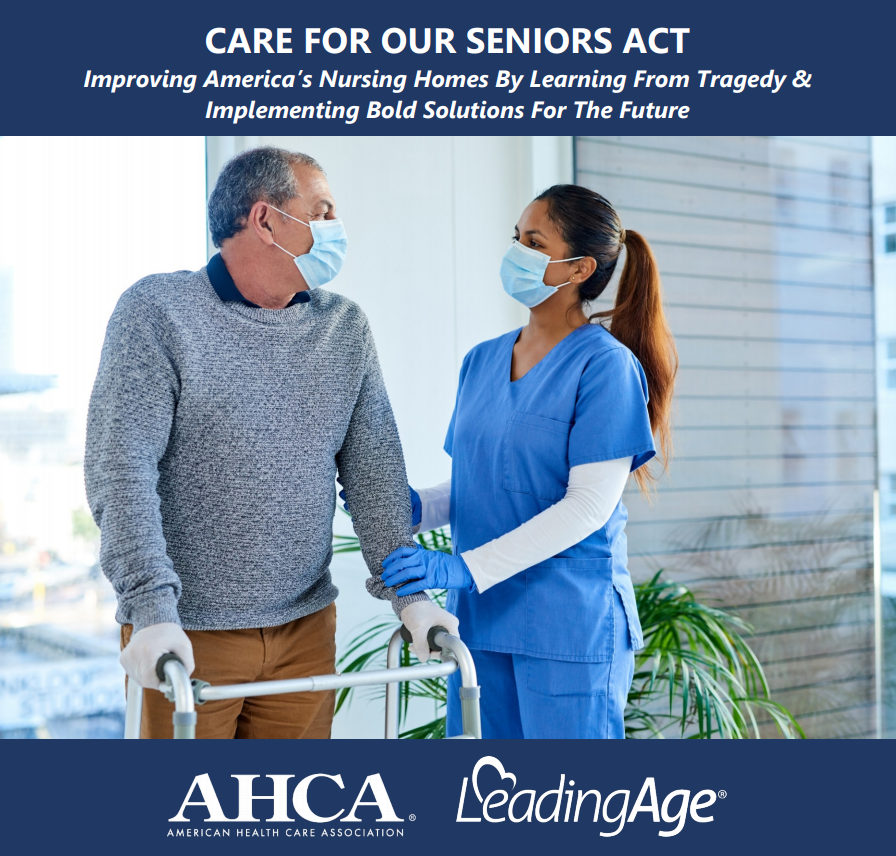 The COVID-19 pandemic has exposed and exacerbated long-standing challenges impacting the long term care profession. The sector is dedicated to learning from this experience, renewing our commitment to our seniors, and offering solutions that will improve the quality of care in our nation’s nursing homes.
The COVID-19 pandemic has exposed and exacerbated long-standing challenges impacting the long term care profession. The sector is dedicated to learning from this experience, renewing our commitment to our seniors, and offering solutions that will improve the quality of care in our nation’s nursing homes.
AHCA and LeadingAge are advocating for meaningful action now to protect seniors and prepare for a growing elderly population that deserves a robust, quality LTC system. We have prioritized four principles for nursing homes that can be applied to support better pandemic management, help prevent such devastation from happening again and strengthen nursing home care. These policy proposals may be considered by Congress and other policymakers either as a complete, legislative package, or individual policy proposals may be incorporated into other relevant legislation, so long as the necessary resources for each proposal are tied together.
The reforms fall into four categories:
- clinical improvements to enhance quality of care
- workforce improvements to strengthen and support our frontline caregivers
- oversight reforms to make systems more resident-driven
- structural modernizations focused on resident dignity and safety
Read the Morning Consult Opinion: "Applying the Lessons of the COVID-19 Pandemic to Improve Nursing Homes"
by Mark Parkinson, AHCA/NCAL President & CEO; and Katie Smith Sloan, LeadingAge President & CEO